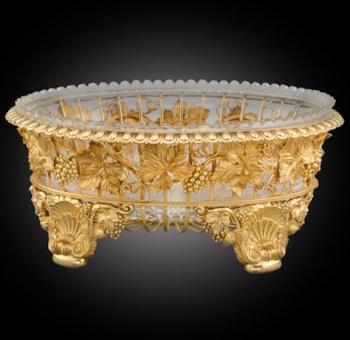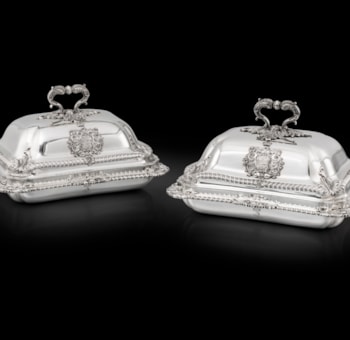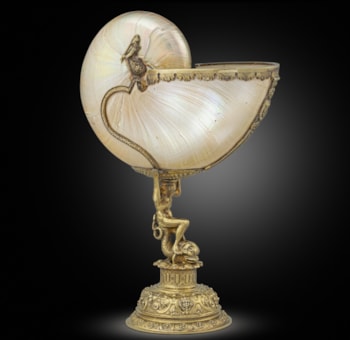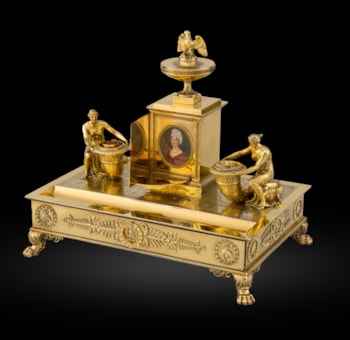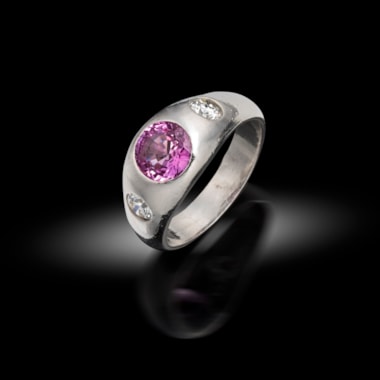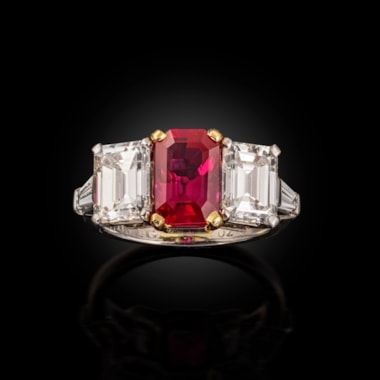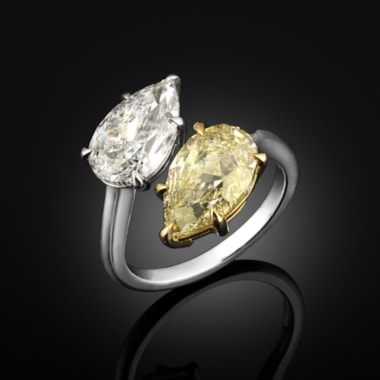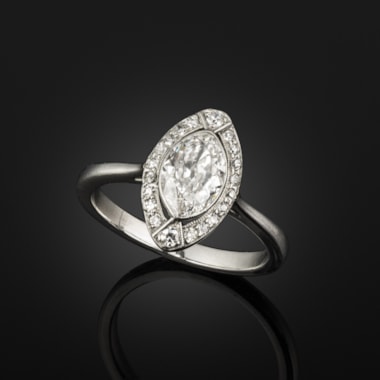Bulgari, probably the most significant Italian jewellery house, was founded in Rome in 1884 by Sotirio Bulgari, a Greek silversmith. His silver jewels were regularly purchased by British tourists coming to Rome, which led to the opening of several more stores in prime Italian tourist destinations.
In the early 1900s, Sotirio’s sons joined the business and strongly suggested a move to high jewellery in order the grow the business. The making of these pieces began in the early 1920s, a key period for exquisite craftmanship and creative design. The Bulgari brothers’ creations incorporated platinum and diamonds and were characterised by a geometric and stylised art deco design.
Though it wasn’t until the 1940s that the classic Bulgari style, which would be adored for generations, started to emerge. Perhaps most importantly was their use of yellow gold and sinuous coils in their famous Serpenti collection. Vintage Serpenti jewels to this day command the highest prices and are one of the most recognisable collections to come out of the brand. Into the 1950s, Bulgari began further transitioning from the traditional and introduced different combinations of coloured stones, in all cuts and shapes. In homage to Roman landscapes, the cabochon cut became a hallmark of the brands jewels and featured regularly in pieces worn by celebrities such as Audrey Hepburn and Sophia Loren.
Today, Bulgari remains one of the most prominent luxury jewellery brands, with some of the most recognisable collections in 20th century jewellery.
You May Also Like







